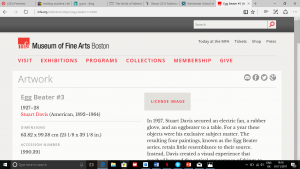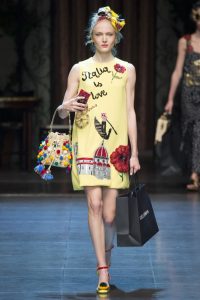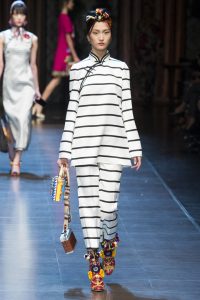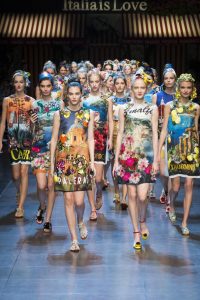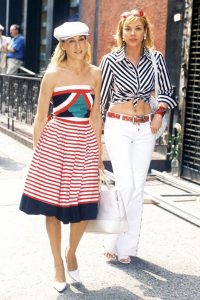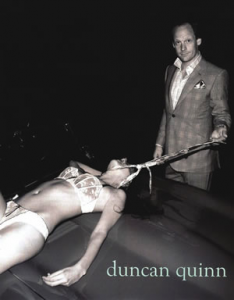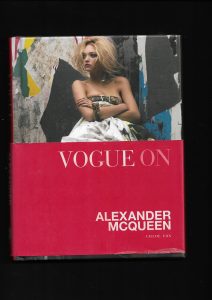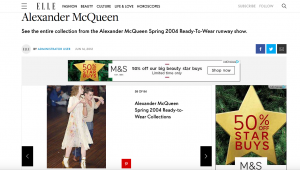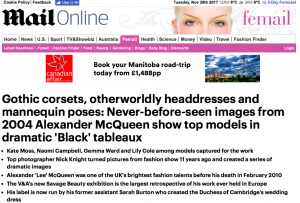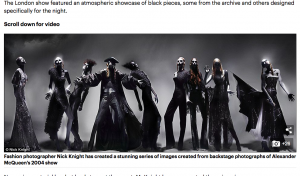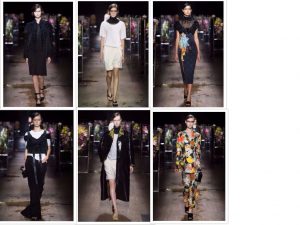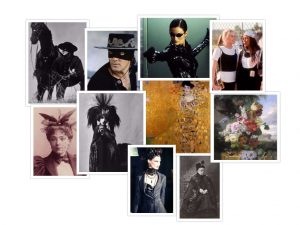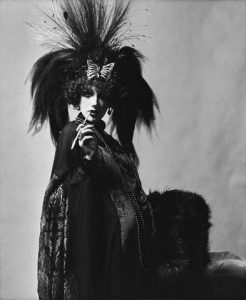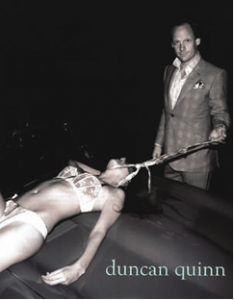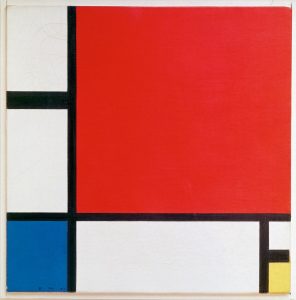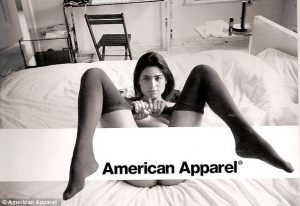Fashion as Communication, Malcolm Barnard
Chapter one of ‘Fashion as Communication (2002); Etymologies and definitions of fashion and clothing’ by Malcolm Barnard, explores the etymology of fashion and clothing and how this can be perceived in different manners. Bernard explains different opinions and explores how “things that people wear give shape and colour to social distinctions and inequalities, thereby legitimating and naturalising those social distinctions and inequalities”. He explains that in our complex societies, we have the desire to behave and dress in a manner which is seen acceptable for the rest of our civilisation or social group, in a way in which “we want to look like our friends, but not to be clones” (Wilson 1992a:34). As part of a western culture, we feel the need to follow certain fashion trends in order to secure a membership in a social and cultural group within our society. Fashion is not only used to state one’s persona, but also unites to form a social assemblage. However, in primitive societies it is argued that they ‘will have little if any fashion’ (Simmel 1971:302), as they have the lack of need to express their individuality and ‘because the need of new impressions is far less pressing’ (Simmel 1971:302).
Polhemus and Protector explore the political connections between fashion and ‘anti-fashion’, explaining their view on how the upper class and societies such as the monarchy and The British Empire present themselves in a traditional, fixed-costume manner designed to represent continuity; none, if little change at all (Polhemus and Protector 1978:12). An example used, is Queen Elizabeth II’s coronation gown, used as a symbol to express continuity. In contrast Dior’s ‘Tulip line’ dress is used; representing a latest collection, a new era, a fresh look and a transformation to a nation. Dior wanting to define discontinuity and change. This explaining how an individual or social group’s understanding of time and how they see themselves in the future, whether they want things to stay the same or change; fashion and anti-fashion can be used to show this. A social climber who would like to see a change in their position would use fashion to express this (Polhemus and Protector 1978:13). On the other hand, a land-owning, traditional aristocrat would like to see things to be consistent and not much modification (The Princess of Wales Fashion Handbook). This can then lead to Flügel’s view on how ‘fashion demands a certain kind of social organisation’ it needs to be one in which social classes are existent (Flügel 1930:140).
Throughout this chapter there has been a couple of points made which have stood out the most to me. One being; when Barnard discusses a constant mentioning in the The Guardians Woman’s Page section of The Guardian in 1992, which goes along the lines of stating that fashion is ‘irrelevant to serious- minded persons’ how it is trivial and ridiculous. Quite rightly Barnard disagrees with this statement and I agree when he states that ‘fashion seems to be necessary, given the social and economic organisation of most of the world’. Fashion is part of a society once a society; a capitalist, modern society exists fashion follows. The way ones presented is fashion, no matter how serious-minded you are. One final point that Barnard explores is how the word ‘design’ is comprehended in a European culture to be understood as less grand than ‘art’. Wilson has suggested that ‘fashion is the degraded or unacceptable face of art’ (Wilson 1990:209), the best way that fashion could be presented is to call it art. However, it is then explored further that any creation made by man is more likely to be seen as ‘art’, but made by women its more likely to be seen as ‘crafts’ or ‘design’, and that word ‘genius’ cannot be transferred from man to woman very easily, it simply doesn’t have the same effect (Old Mistress 1981). Who or what you are shouldn’t affect the level of your creations. Especially not your gender.
To conclude, I agree with the views put out by Barnard throughout this chapter. It has uncovered key issues about fashion and facilitated me to explore and understand factors to take into consideration when thinking about what is fashion and all the components which go alongside it. I have found interesting and amusing the different statements and opinions which have been studied during this chapter, allowing me to see different judgements and thoughts on the matter.
- Barnard, M. (2002) Fashion as communication; 2nd edition, Routledge.
- Wilson, E. (1985) Adorned in Dreams: Fashion and Modernity, London: Virago.
- Pollock G and Parker R (9181) Old Mistress



